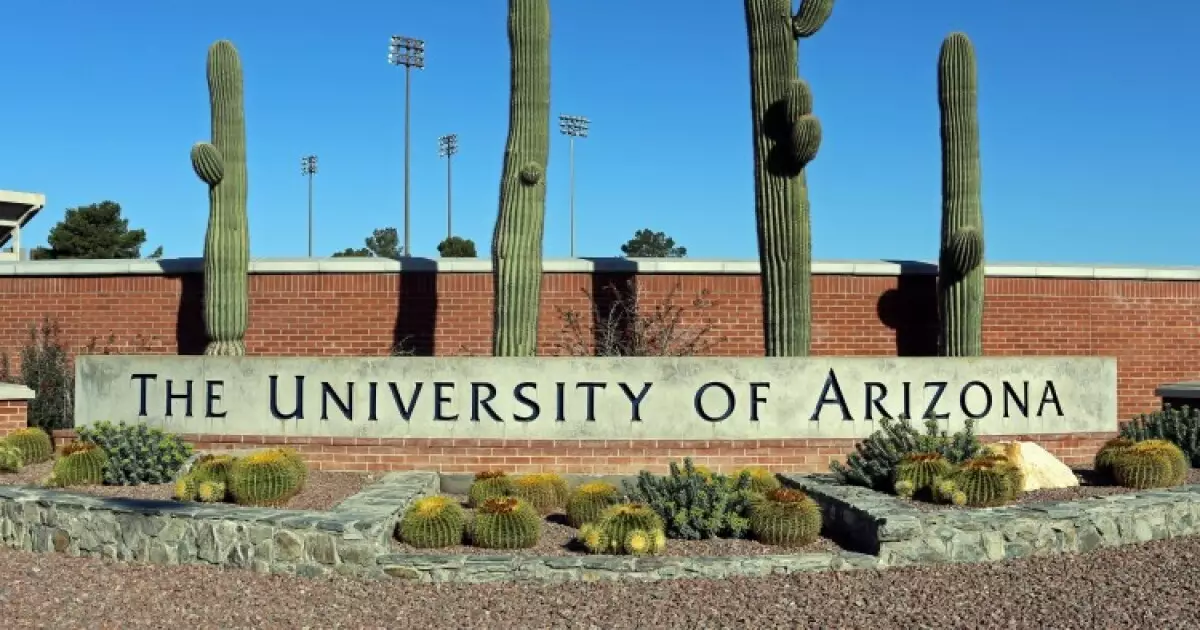The University of Arizona (U of A) is stepping into the municipal bond market with its first significant issue since encountering substantial financial difficulties that led to unfavorable credit outlooks by major agencies such as Moody’s and S&P Global Ratings. This week’s offering structures a fresh $115.645 million in revenue bonds, officially dubbed the Stimulus Plan for Economic and Educational Development (SPEED). These bonds are being issued through the Arizona Board of Regents and are intended to refinance older debt incurred during 2013 and 2014.
The University’s credit ratings faced downgrades earlier this year, with major crediting agencies adjusting their assessments from stable to negative. The Aa2 and AA-minus senior lien bond ratings by Moody’s and S&P, respectively, reflect concerns about the university’s financial controls and operational efficiency. The university’s subsequent decision to insure the new bonds through Build America Mutual—an entity with an AA rating according to S&P—is a strategic measure aimed at bolstering investor confidence. It indicates a proactive approach to financial management, despite facing turbulent circumstances.
Adding to these challenges, the university reported a sizable decline in cash reserves from $844.5 million at the fiscal year-end of 2022 to $704.5 million by the end of fiscal 2023. This reduction was alarming, resulting in the university having only 110 days of cash on hand—well below the Board of Regents’ established minimum requirement. The neglect of robust financial oversight had previously been criticized, prompting urgent measures aimed at stemming the ongoing budget deficits of the institution.
Under the leadership of university officials, significant steps underway have included slashing hiring, placing strict limits on purchases and travel, and postponing non-essential capital initiatives. These actions—a necessary focus on fiscal discipline—have already yielded improvements, with the university reducing its budget deficit from an initially projected $177 million down to a more manageable $63 million within a span of just six months. Such a shift underscores a commitment to both financial health and educational investments, which marks an important undertaking for future stability.
However, projections suggest that the university may still face a challenge ahead, with an estimated $65 million deficit anticipated in the unrestricted funds operating budget for fiscal 2025. Continuing a career of governance changes, the university’s chief financial officer recently resigned, raising concerns about leadership stability having a direct impact on financial strategies. The replacement of leadership roles in tandem with the shifting organizational structure could signify a pivotal moment for the institution.
Amid the financial turbulence, Arizona’s Democratic Governor Katie Hobbs has exerted pressure on the university to effectively manage its financial intricacies while emphasizing the need for meticulous oversight from the Board of Regents. The appointment of Lee Stein to the regents board reflects a push for accountability in governance, signaling that political leaders are closely scrutinizing financial strategies and demonstrating a vested interest in the success of the institution.
The acquisition of the University of Arizona Global Campus—previously known as Ashford University—has drawn attention and criticism, not just for its troubled past but also due to associated risks that could exacerbate existing liquidity constraints for the university. This acquisition, undertaken with high hopes of diversifying revenue streams, may reflect a double-edged sword where growth aspirations clash with underlying fiscal vulnerabilities.
Despite the strategic gambit of issuing new bonds, the university’s financial future remains precarious. Moody’s has explicitly noted that ongoing governance instability coupled with deteriorating reserves could lead to unfavorable credit ratings. While the ratings agency acknowledges the university’s robust brand, solid growth in student populations, and considerable appeal in a diverse geographical area, these positives are juxtaposed against operational weaknesses and a substantial debt service burden.
S&P’s analysis highlights that while the university holds strong profiles in enterprise and financial risk, these are tempered by offsetting factors, including weak operational performance metrics. Such pressures factor into ongoing considerations about the separation of operational deficits and concentrated debt profiles. As the institution strives to recover lost ground, interim stabilization and robust financial oversight will be critical.
As the University of Arizona embarks on this bond issuance, it stands at a crucial junction in its history, facing potential pitfalls while seeking to reclaim its financial footing. The fiscal strategies implemented today will determine not only the university’s immediate viability but also its long-term reputational strength in higher education. Navigating these challenges with a keen focus on transparency, accountability, and rigorous financial management will be paramount for fostering a sustainable path forward.

